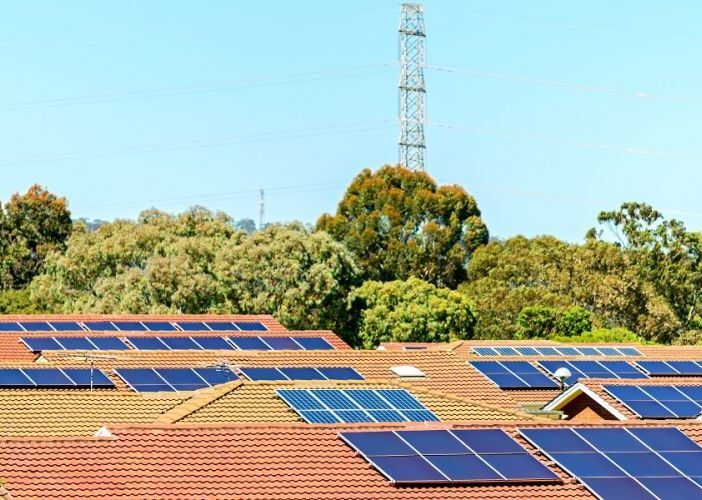Strict new inverter standards to control Australian rooftop solar systems, battery storage devices and electric vehicle charging could come into play as early as September this year, after being fast-tracked by Standards Australia.
The updated Australian Standard, AS/NZS 4777.2 Grid connection of energy systems via inverters, Part 2: Inverter requirements will make it mandatory for all new inverters connecting to the National Electricity Market to have an undervoltage disturbance ride-through capability that will ensure they can withstand network faults and not put grid reliability at risk through an uncontrolled shutdown.
Standards Australia delivered the update less than 18 months after it was requested by the Australian Energy Market Operator and roughly two months ahead of schedule – an uncharacteristically quick turnaround that AEMO argues is imperative to help the energy industry through its current rapid transition.
“Our challenge is to facilitate and manage the transformation of the energy system, while continuing to deliver low-cost, secure and reliable energy for all Australians,” said the AEMO’s chief member services officer, Violette Mouchaileh. “Industry standards as well as policy and regulatory frameworks must adapt to the changing needs of the electricity grid, to support a secure and reliable network that delivers affordable electricity to consumers.”
But AEMO’s push for greater visibility and control over solar inverters is not over, with the market operator signalling that it will now focus its efforts on rule changes to make it mandatory for inverters to be able to be disconnected from the grid, remotely, in certain circumstances.
“AEMO’s next priority for standards will be to further develop the interoperability functionality of inverters, expanding device capabilities to allow remote output management, querying and changing device settings, and various options for coordination of DER,” AEMO said in January.
“This will allow improved network management and development of new retail options by retailers to provide consumers the ability to individualise and optimise their energy services while opening up new opportunities to increase their return on investment.”
